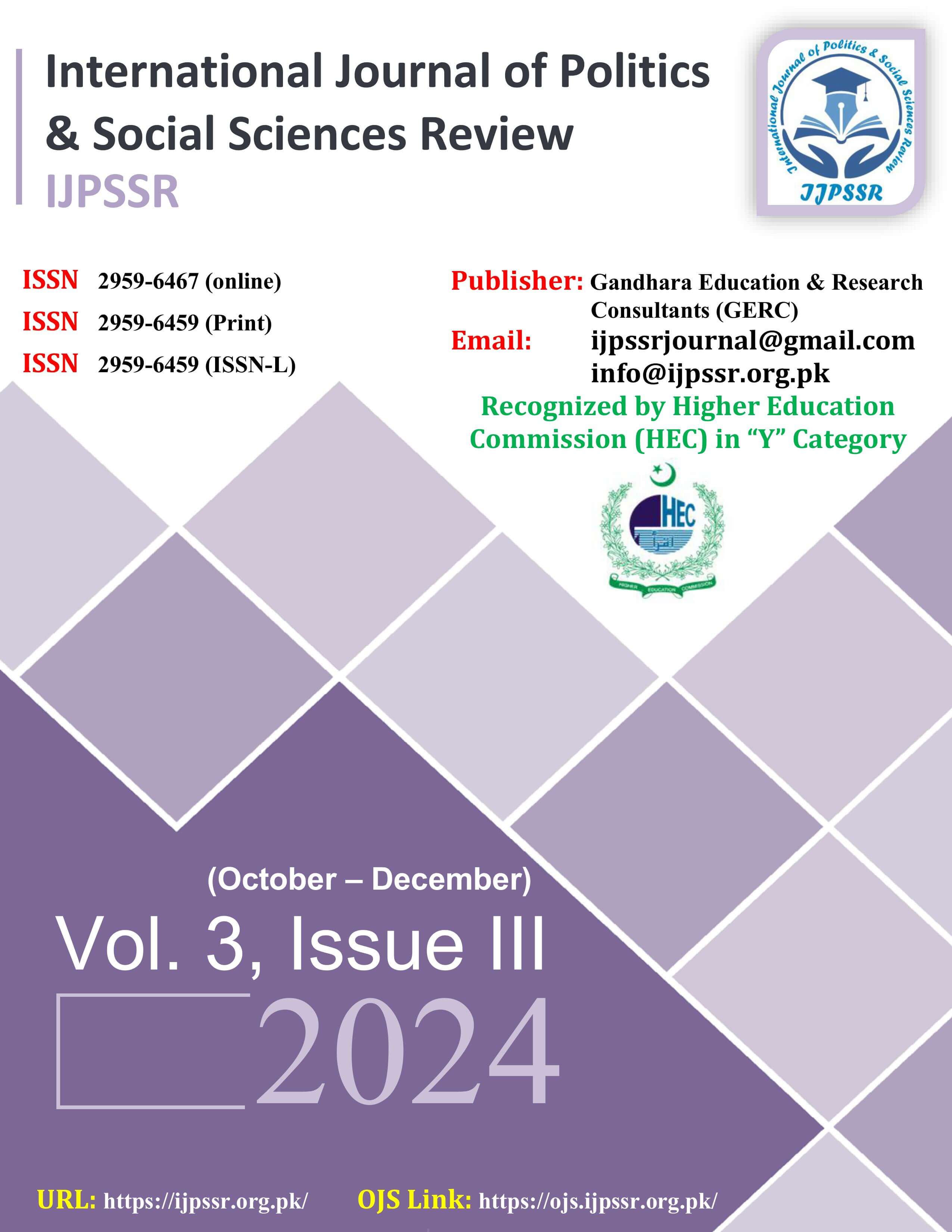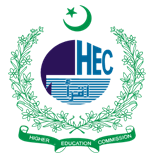Exploring the Strengths and Weaknesses of STEM Implementation in Public Secondary Schools in Punjab
Keywords:
STEM Education, Strengths, Weaknesses, ImplementationAbstract
This research explores the implementation and weakness of STEM education among secondary schools in the public sector of Punjab. It utilizes purposive sampling and semi-structured interviews are used as data-gathering instruments. Through thematic analysis using a compare and contrast technique, several key themes emerged. The results indicate that STEM education markedly improves students' comprehension of science and critical thinking abilities. The existing curriculum shows an improved alignment with STEM principles relative to earlier iterations; however, it continues to prioritize memorization rather than practical application. Training for educators and ongoing professional growth is essential for successful STEM education, with participants observing beneficial shifts in instructional methods and student involvement. Nonetheless, obstacles including financial limitations, restricted access to technology, and inadequate resources were recognized. The role of school leadership and community support emerged as essential elements for effective STEM implementation. Over all this study highlights the necessity for curriculum reform, improved teacher training, and greater financial support to sustain and enhance STEM education in public schools in Punjab.
Downloads
Published
Issue
Section
License
Copyright (c) 2024 Tayyaba Mehmood, Dr. Moafia Nader, Dr. Shumaila Mansha, Dr. Tayaba Batool

This work is licensed under a Creative Commons Attribution-NonCommercial 4.0 International License.








